Discover PaperLove
The Sunday Paper #72
Paper of the Week: Graph Paper
There are a lot of mundane papers that are pretty cool, like graph paper. I thought I’d do a little research about it, and it turns out that rectangular grid paper (used for scientific notation) was first offered for sale by a Dr. Buxton in London in 1794. I never realized there were so many kinds of graph paper: polar coordinate graph paper, isometric graph paper, hexagonal graph paper, and the standard quad graph paper, to name a few. And there are even websites where you can print your own graph paper, like this one.

The Smith chart is a type of graph paper designed for electrical and electronics engineers.
————————————————————————————————————––––––––––––
In the Studio:
Watermarks are still on my mind, and I’m mixing them with shoji screens at this weekend’s retreat. Here you see two moulds with watermark patterns adhered to them. The paper made on those screens will be adhered to the mini shoji panels that are sitting there on the moulds. Stay tuned for photos of the actual papered screens!
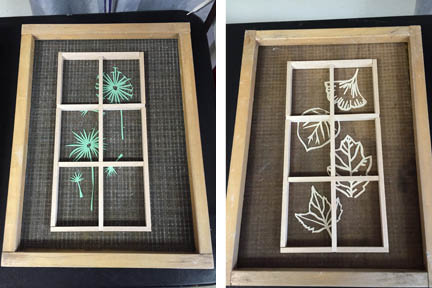
————————————————————————————————————––––––––––––
Sponsor of the Week
Are you interested in a creative paper adventure in the comfort of your own home or studio? Embark on a creative journey with PaperLove this autumn.
PaperLove is a five-week e-course of Bookbinding and Paper developed by book artist Rachel Hazell.
Each week has a theme; Paper, Collage, Words, Books and Mail. Rachel provides plenty of inspiration to help you find the creative ideas and techniques, through writing and imagery, to design and make your projects. You can experiment with everything from origami to calligraphy, bookbinding to handmade envelopes, meet expert practitioners and discover your own personal style.
The next e-course starts on 5 October 2015 and costs £149 (that’s about $230 US).
Readers of The Sunday Paper can get 10% off the course price using the code SUNDAYPAPER10 when booking online.
————————————————————————————————————––––––––––––
Nancy Cohen’s installation is currently on view at the Visual Arts Gallery of New Jersey City University. Hackensack Dreaming (September 8 to October 21, 2015) was inspired by the post-industrial landscape of the Meadowlands in Hackensack, New Jersey. Consisting of numerous glass and mixed media sculptures and hand-made paper sheets, the installation covers the floor to the ceiling of the gallery space and engulfs the viewer. This show will travel to the Schuykill Center for Environmental Education, Philadelphia, Pennsylvania (11/5-12/19, 2015); and The Power Plant Gallery, Duke University, Durham, North Carolina (1/22-3/6, 2016). There is a full-color exhibition catalog, featuring essays by Anne Swartz, Professor of Art History at Savannah College of Art and Design, Midori Yoshimoto, NJCU Gallery Director, and Beth Ravit, environmental scientist at Rutgers University.
Check out these kraft paper stools that fold up like a book! The fanning stools from MoloStores can be joined to create long benches of any serpentine, circular or straight configuration. Soft seating is compressed for shipping and storage and fans open into the form of a cylinder held together by magnetic connectors that can also be linked together to form a serpentine bench.
Here’s a lovely video by Jon Snyder featuring Alice Austin making traditional indigo dyed paper at Awagami Paper in Japan. Mmmmmmm.
I was introduced to the artwork of Calvin Nichols a few years ago when a student chose him as the subject of an assignment. His work with paper art is quite unique, isn’t it?
Speaking of unique paper art, take a look at this paper mosaic work by Mary Wells.Yes, that’s paper! Mary’s work was featured on the public TV program Oregon Art Beat.
————————————————————————————————————––––––––––––
About our sponsor: Rachel Hazell has over 15 years of experience in taking people on creative journeys. She has held creative workshops across the world – from palazzos in Venice to lighthouses in Shetland via Antarctica. Rachel trained in Bookbinding at the London College of Printing.
————————————————————————————————————––––––––––––
About our sponsor: The Robert C. Williams Museum of Papermaking is an internationally renowned resource on the history of paper and paper technology. The museum’s mission is to collect, preserve, increase and disseminate knowledge about papermaking – past, present and future. The Museum features the Dard Hunter Collection of artifacts and books on paper and hand papermaking.
Visit in person: Robert C. Williams Museum of Papermaking, 500 10th St. NW, Atlanta, GA 30332
————————————————————————————————————––––––––––––
 If you enjoyed reading The Sunday Paper today, why not sign up to get it delivered to your in-box each and every Sunday? Click here to subscribe (it’s free), and you’ll receive my nifty pop-up alphabet template as a thank you gift!
If you enjoyed reading The Sunday Paper today, why not sign up to get it delivered to your in-box each and every Sunday? Click here to subscribe (it’s free), and you’ll receive my nifty pop-up alphabet template as a thank you gift!
If you read this blog regularly, would you consider making a donation to support the research, writing, design and delivery of The Sunday Paper? Click on that cute paper button (I made that paper) to see how you can provide support.
And if you run a paper-related business, you might be interested in promoting your business in The Sunday Paper.
Thank you to those who have pledged your support, and enjoy your Sunday!

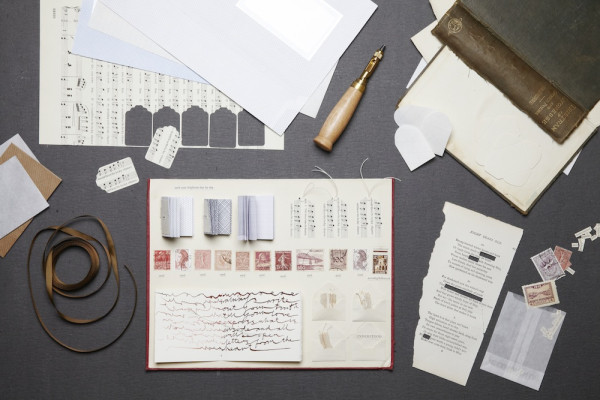
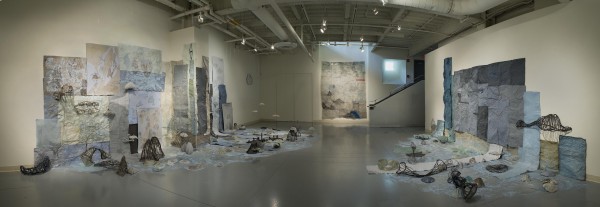
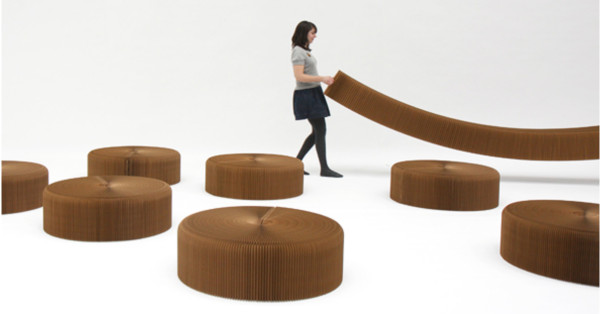
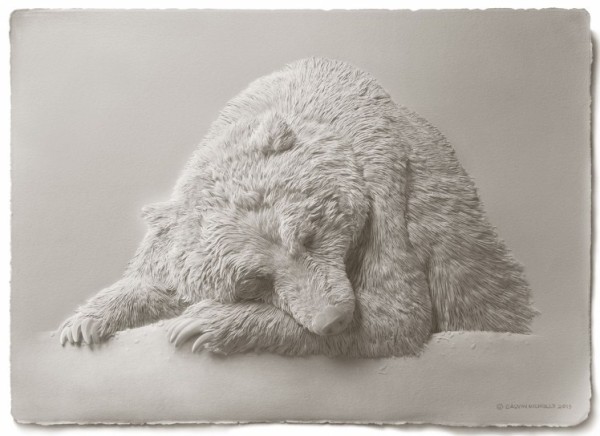

1 Comment
You’re right, there are a ton of different forms of graphing formats, beside your standard rectangle (Cartesian) form. You might have missed a few:
1)Geometric forms – Hexagonal, Octagonal, Equilateral Triangle, Trapezoid
2) Trigonometric Graph Paper – Angular and Radian
3) Logarithmic
4) Isometric
They display all these forms here:
http://www.mathworksheetsland.com/topics/graphing/paper.html
I would also argue that number lines are a form of graph paper in one dimension.